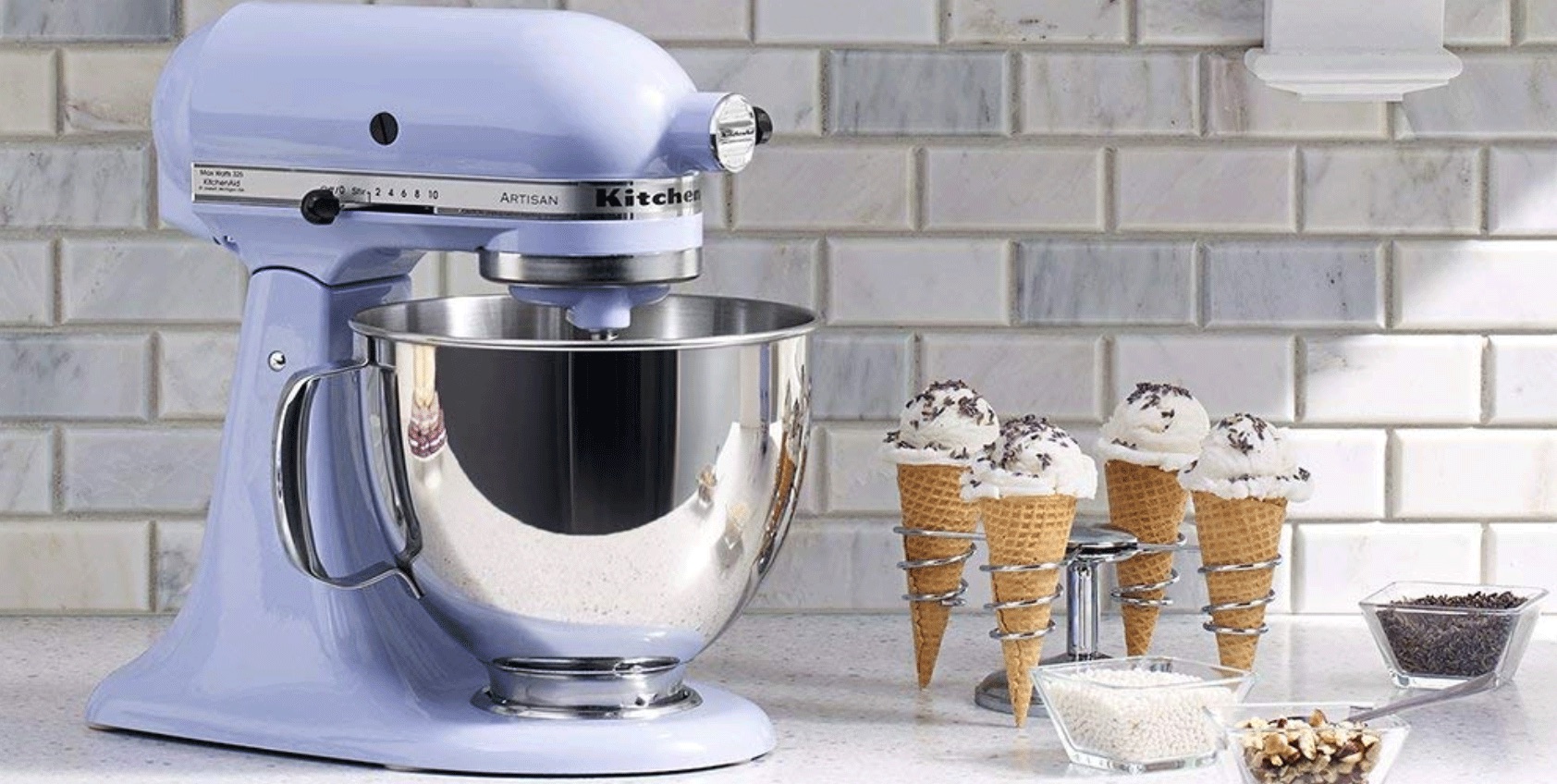

Articles
How To Know Which Kitchenaid Mixer I Have
Modified: May 6, 2024
Looking to identify your Kitchenaid mixer? This article provides helpful tips and guidance to determine the exact model of your Kitchenaid mixer.
(Many of the links in this article redirect to a specific reviewed product. Your purchase of these products through affiliate links helps to generate commission for Storables.com, at no extra cost. Learn more)
Introduction
Welcome to the world of KitchenAid mixers! These versatile kitchen appliances have become a staple in many households, thanks to their reliability, functionality, and stylish designs. Whether you’re an avid baker or just love whipping up delicious recipes, owning a KitchenAid mixer can greatly enhance your culinary endeavors.
However, with the wide range of models available, it can sometimes be confusing to determine which specific KitchenAid mixer you have. Whether you’ve inherited it from a family member, received it as a gift, or simply lost track of the model over time, identifying your KitchenAid mixer is essential for various reasons. Knowing the model will help you find the appropriate accessories, replacement parts, and even troubleshoot any issues that may arise.
In this article, we will guide you through the process of identifying your KitchenAid mixer. We’ll explore several methods, from checking the serial number to examining the appearance and features, as well as consulting the user manual and reaching out to KitchenAid support.
So, if you’ve ever found yourself wondering, “Which KitchenAid mixer do I have?”, look no further. Let’s dive into the various ways you can uncover the model of your beloved KitchenAid mixer.
Key Takeaways:
- Identifying your KitchenAid mixer model is crucial for finding the right accessories and troubleshooting. Check the serial number, examine appearance and features, consult the user manual, or contact KitchenAid support for assistance.
- Utilize the serial number, appearance, user manual, and customer support to confidently identify your KitchenAid mixer model. This ensures you can fully unlock its potential and enhance your culinary endeavors.
Read more: How Do I Know Which Alexa I Have
Identifying the Model
When it comes to identifying your KitchenAid mixer, there are several key factors to consider. The model of your mixer can typically be found by checking the serial number, examining the appearance and features, consulting the user manual, or contacting KitchenAid support.
The first step in identifying your KitchenAid mixer is to locate the serial number. The serial number is a unique identifier that can provide valuable information about the model and production year of your mixer. To find it, you’ll need to look in the designated area on your appliance. In most cases, the serial number can be found on the underside or back of the mixer.
Once you’ve found the serial number, you can use it to determine the model by referring to the KitchenAid website or contacting their customer support. They will have the necessary information to match the serial number with the corresponding model.
If locating the serial number proves to be challenging, you can also identify the model by examining the appearance and features of your KitchenAid mixer. Each model has its own unique design elements and characteristics. For example, the Artisan series is known for its tilting head and bowl-lift design, while the Professional series typically features a larger capacity and more powerful motor.
Take a closer look at your mixer and note any distinctive features such as the control panel layout, available attachments, or specific color options. These details can help narrow down the possible models and guide you in identifying your specific KitchenAid mixer.
Your user manual can also be a valuable resource in identifying the model. If you still have the original manual that came with your mixer, it will likely provide detailed information about your specific model and its specifications. The manual may also include illustrations or diagrams that can help you identify key characteristics.
If all else fails, or if you still have doubts about the model of your KitchenAid mixer, don’t hesitate to reach out to KitchenAid support. Their knowledgeable customer service representatives can assist you in identifying your mixer based on the information you provide. Be prepared to provide them with details such as the serial number, color, and any distinct features you’ve observed.
Identifying the model of your KitchenAid mixer is essential for a variety of reasons. It ensures that you can find the right accessories and attachments that are compatible with your specific model. Additionally, knowing your model number can be helpful when troubleshooting any issues that may arise, as you can search for specific troubleshooting guides or seek support tailored to your mixer.
Now that you have a better understanding of how to identify your KitchenAid mixer, let’s move on to the next step: checking the serial number.
Checking the Serial Number
The serial number of your KitchenAid mixer is a crucial piece of information when it comes to identifying the specific model. By checking the serial number, you can determine the production year and other essential details about your appliance.
The location of the serial number may vary depending on the model of your KitchenAid mixer. In most cases, you can find it on the underside or back of the appliance. Look for a sticker or engraved plate that displays a combination of letters and numbers. This alphanumeric code is your serial number.
Once you’ve located the serial number, write it down or take a clear photo for future reference. Make sure the serial number is legible and accurately captured, as any errors or misinterpretations may lead to incorrect identification of your KitchenAid mixer model.
With the serial number in hand, you have several options for discovering the model. The first option is to check the KitchenAid website. Navigate to their official website and find the support or customer service section. Look for a page or tool that allows you to input the serial number and obtain the corresponding model information.
If the KitchenAid website doesn’t provide an option to search by serial number, you can reach out to their customer support. Contact the KitchenAid support team via phone or email and provide them with the serial number. They will have access to the necessary database to match the serial number with the corresponding model, helping you identify your specific KitchenAid mixer.
In some cases, KitchenAid mixers may have a date code included in the serial number. This code typically represents the manufacturing date, allowing you to determine the production year of your mixer. Refer to the KitchenAid website or user manual to understand the format and meaning of the date code.
Checking the serial number is an essential step in identifying your KitchenAid mixer. It provides valuable information about the model and production year, aiding in finding the appropriate accessories, troubleshooting, and obtaining support when needed.
Now that you know how to check the serial number, let’s explore another method of identifying your KitchenAid mixer: examining the appearance and features.
Examining the Appearance and Features
Another effective method for identifying your KitchenAid mixer is by examining its appearance and features. Each model of KitchenAid mixer has its own unique design elements and characteristics that can help you determine the specific model you have.
Start by taking a close look at the overall appearance of your KitchenAid mixer. Note any distinct features or design elements that catch your eye. For example, the Artisan series is known for its iconic tilt-head design, which allows for easy access to the mixing bowl. On the other hand, the Professional series typically features a bowl-lift design that provides stability for heavier mixing tasks.
While examining the appearance, pay attention to the control panel layout. Different models may have different button configurations, control knobs, or digital displays. Familiarize yourself with the controls on your mixer and compare them to the available models on the KitchenAid website or in the user manual.
Another important aspect to consider is the available attachments and accessories. KitchenAid mixers are known for their versatility, as they can be customized with various attachments for different tasks. Check if your mixer has any specific attachment hubs or ports, as well as the compatibility of attachments you already own or plan to purchase in the future.
Furthermore, observe the capacity of the mixing bowl. Different models may have varying bowl sizes to accommodate different batch sizes. Measure the capacity of your mixing bowl, usually indicated in quarts or liters, and compare it to the specifications provided by KitchenAid for each model.
Lastly, take note of any unique features or upgrades that may be present on your mixer. Some models offer additional features such as a power hub for connecting more attachments, built-in timers, or variable speed settings. These distinctive features can help you narrow down the possible models and find the exact match for your KitchenAid mixer.
By closely examining the appearance and features of your KitchenAid mixer, you can gather valuable clues that will assist you in identifying the specific model. Once you have a better understanding of your mixer’s unique design and characteristics, you can move on to the next step: consulting the user manual.
Check the model number located on the bottom of the stand mixer. It will start with “K” followed by a series of numbers and letters. You can use this model number to identify which KitchenAid mixer you have.
Consulting the User Manual
If you still have the original user manual that came with your KitchenAid mixer, it can be a valuable resource in identifying the model. The user manual provides detailed information about the specific features, specifications, and operation of your mixer.
Start by locating your user manual. It is typically included in the packaging when you purchase a new KitchenAid mixer. If you can’t find the physical manual, check if a digital version is available on the KitchenAid website. Look for the “Support” or “Manuals” section and search for the model closest to your mixer.
Once you have the user manual in front of you, browse through the pages and look for any visual references or descriptions that match your mixer. The manual may include labeled illustrations or diagrams that highlight the unique features or components of each model.
Take note of any specific information mentioned in the manual that can help you identify your mixer. Look for details such as control panel layout, attachment compatibility, motors, or any other relevant specifications. Cross-reference this information with the appearance and features you observed earlier to narrow down the possible models.
If you’re unable to find a specific model identification within the user manual, don’t be discouraged. It’s common for user manuals to include generic information that applies to multiple models within a series. In such cases, refer to the other methods mentioned in this article for further assistance.
Consulting the user manual can provide valuable insights into the specific model and features of your KitchenAid mixer. It serves as a comprehensive guide to understanding the capabilities and operation of your appliance. Take your time to thoroughly review the manual and gather as much information as possible to aid in the identification process.
If you’re still unsure about the model of your KitchenAid mixer, there is one final method to try: contacting KitchenAid support.
Read more: How To Know Which Ring Doorbell I Have
Contacting KitchenAid Support
If you’ve exhausted all other methods and are still unsure about the model of your KitchenAid mixer, contacting KitchenAid support is your best option. Their knowledgeable customer service representatives can assist you in identifying your mixer based on the information you provide.
Start by visiting the KitchenAid website and finding the customer support section. Look for contact information such as phone numbers or email addresses specifically dedicated to customer inquiries. Choose the method of communication that you prefer and reach out to KitchenAid support.
When contacting KitchenAid support, be prepared to provide them with relevant details about your mixer. This may include the serial number, color, specific features, and any other information that you’ve gathered through the previous methods. The more information you can provide, the easier it will be for them to identify the model.
Explain your situation clearly and concisely, expressing your need for assistance in determining the model of your KitchenAid mixer. The customer service representative will guide you through the process and ask for any additional details if needed.
Be patient and allow the support team some time to research and provide you with the correct information. They may consult internal databases or other resources to match your mixer to its corresponding model.
If possible, have your mixer nearby while contacting KitchenAid support. They may ask for specific details or request you to perform certain actions on your mixer to help with the identification process. Having your mixer within reach will make it easier to answer any questions they may have.
Remember to express your gratitude for their assistance and professionalism. Customer support teams are there to help, and expressing your appreciation can go a long way in fostering a positive interaction.
Contacting KitchenAid support is a reliable way to get accurate information about the model of your mixer. They have access to the necessary resources and expertise to assist you in identifying your specific KitchenAid mixer model.
Now that you have explored all the available methods for identifying your KitchenAid mixer, it’s time to wrap up.
Conclusion
Identifying the model of your KitchenAid mixer is essential for various reasons, including finding the right accessories, troubleshooting issues, and obtaining support specific to your model. By utilizing the methods mentioned in this article, you can successfully identify your KitchenAid mixer and unlock its full potential.
Start by checking the serial number, which can be found on the underside or back of your mixer. Using this serial number, you can either search on the KitchenAid website or contact their customer support for assistance in identifying the model.
If the serial number doesn’t yield a definitive answer, examining the appearance and features of your mixer can provide valuable clues. Take note of distinctive design elements, control panel layout, available attachments, and any unique features to narrow down the possible models.
Consulting the user manual is another valuable resource. Look for visual references, descriptions, and specifications that match your mixer. Cross-reference the information with your observations to further identify the model.
If all else fails, don’t hesitate to contact KitchenAid support. Their knowledgeable customer service representatives can help you identify your mixer based on the information you provide.
Remember to express gratitude to the support team for their assistance and professionalism throughout the process.
With the model of your KitchenAid mixer identified, you can confidently explore the wide range of accessories, attachments, and recipes to enhance your culinary creations.
Enjoy using your KitchenAid mixer and continue creating delicious meals and treats!
Now that you've pinpointed your Kitchenaid mixer model, why not enhance its functionality or replace worn-out components? Dive into our next article, where you'll find an expertly curated list of essential Kitchenaid mixer parts perfect for any baking enthusiast aiming to keep their mixer in top form. Whether seeking to upgrade or simply maintain your mixer, these selections are bound to meet your needs.
Frequently Asked Questions about How To Know Which Kitchenaid Mixer I Have
Was this page helpful?
At Storables.com, we guarantee accurate and reliable information. Our content, validated by Expert Board Contributors, is crafted following stringent Editorial Policies. We're committed to providing you with well-researched, expert-backed insights for all your informational needs.


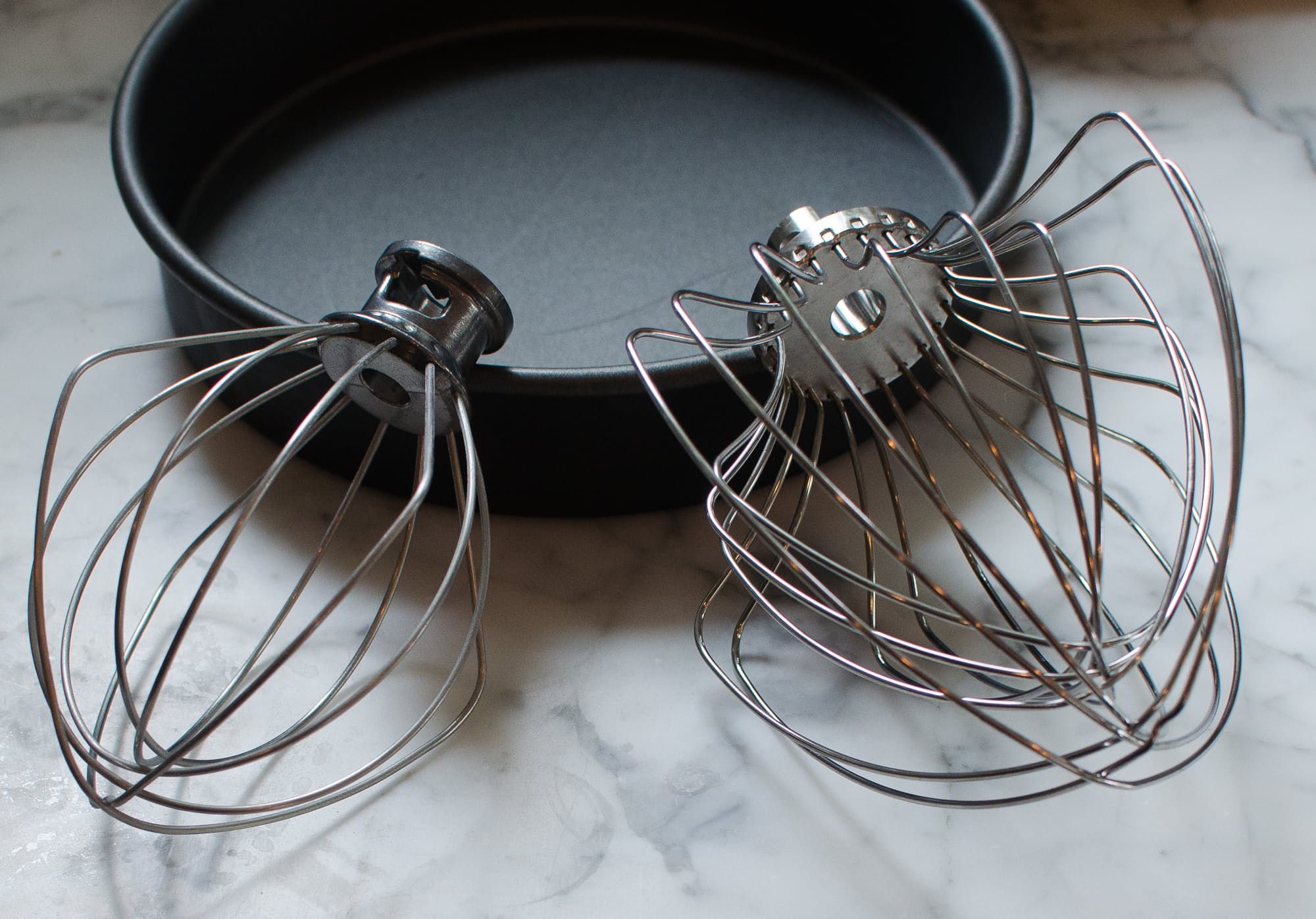
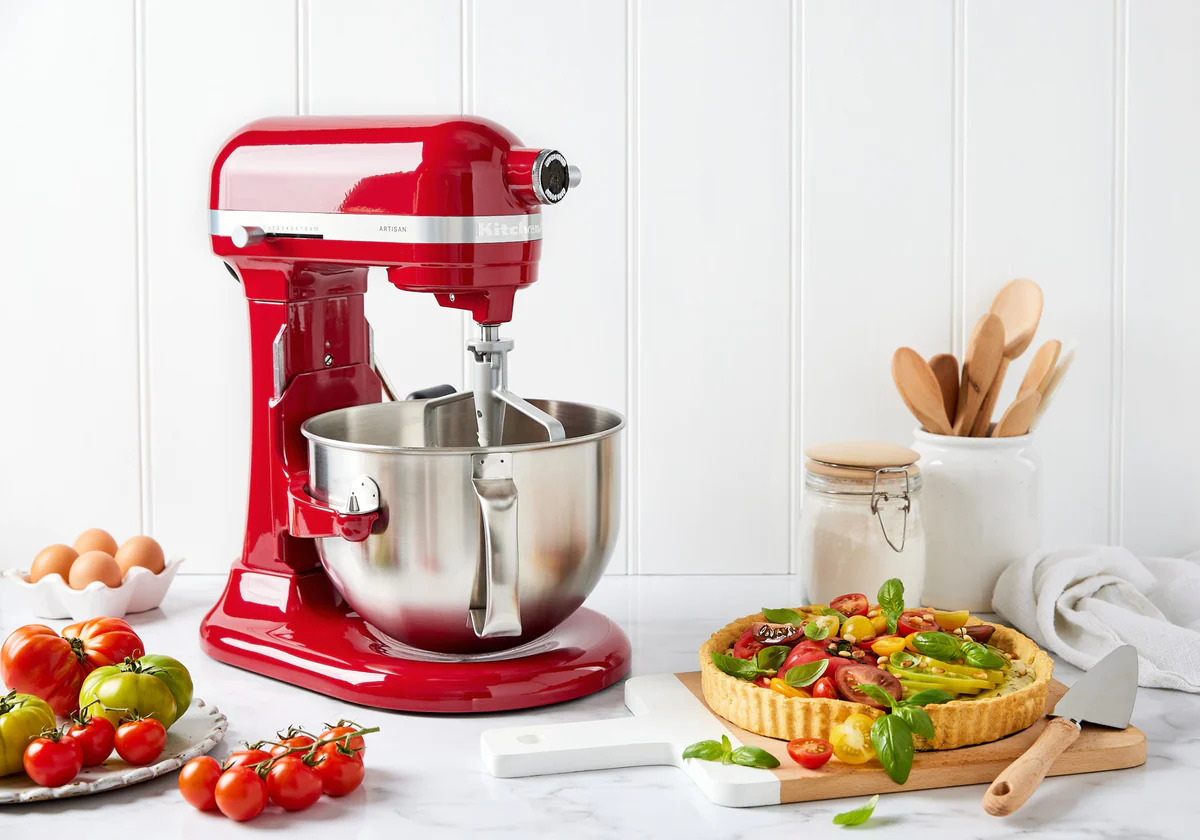
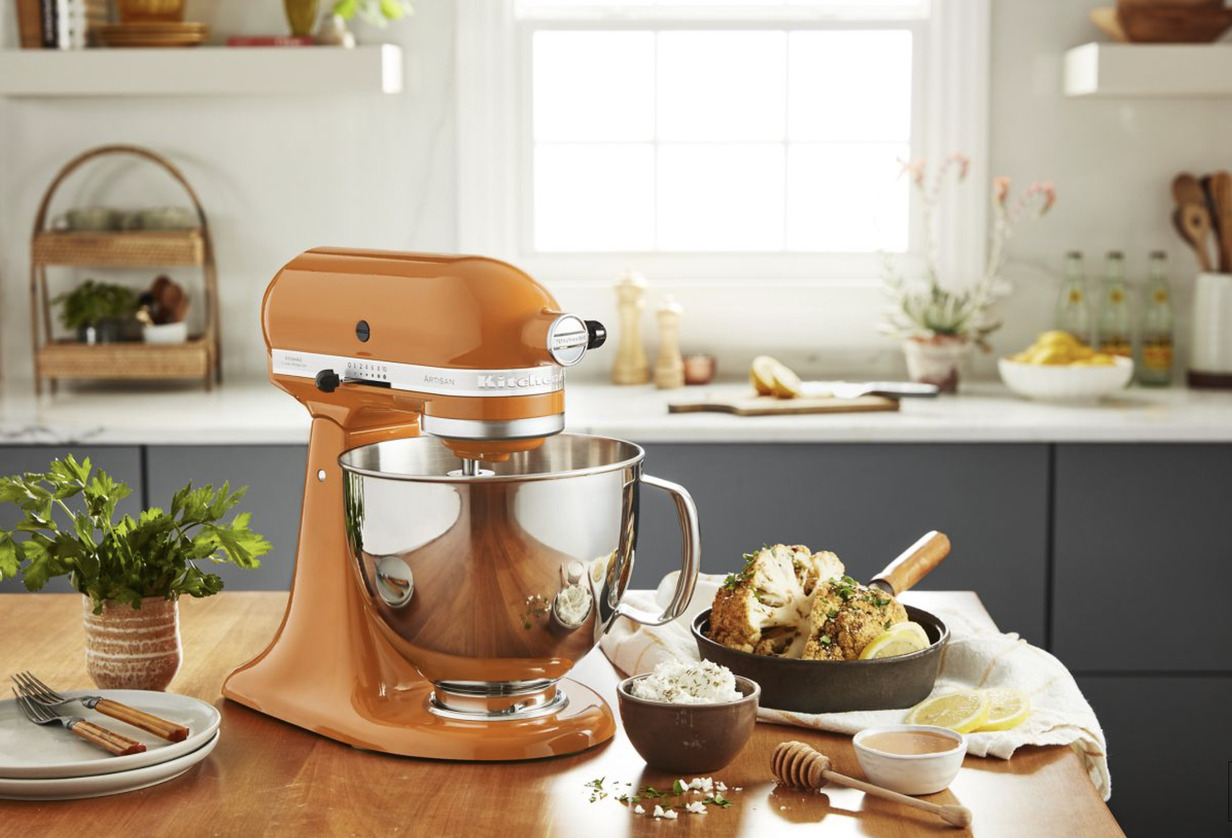
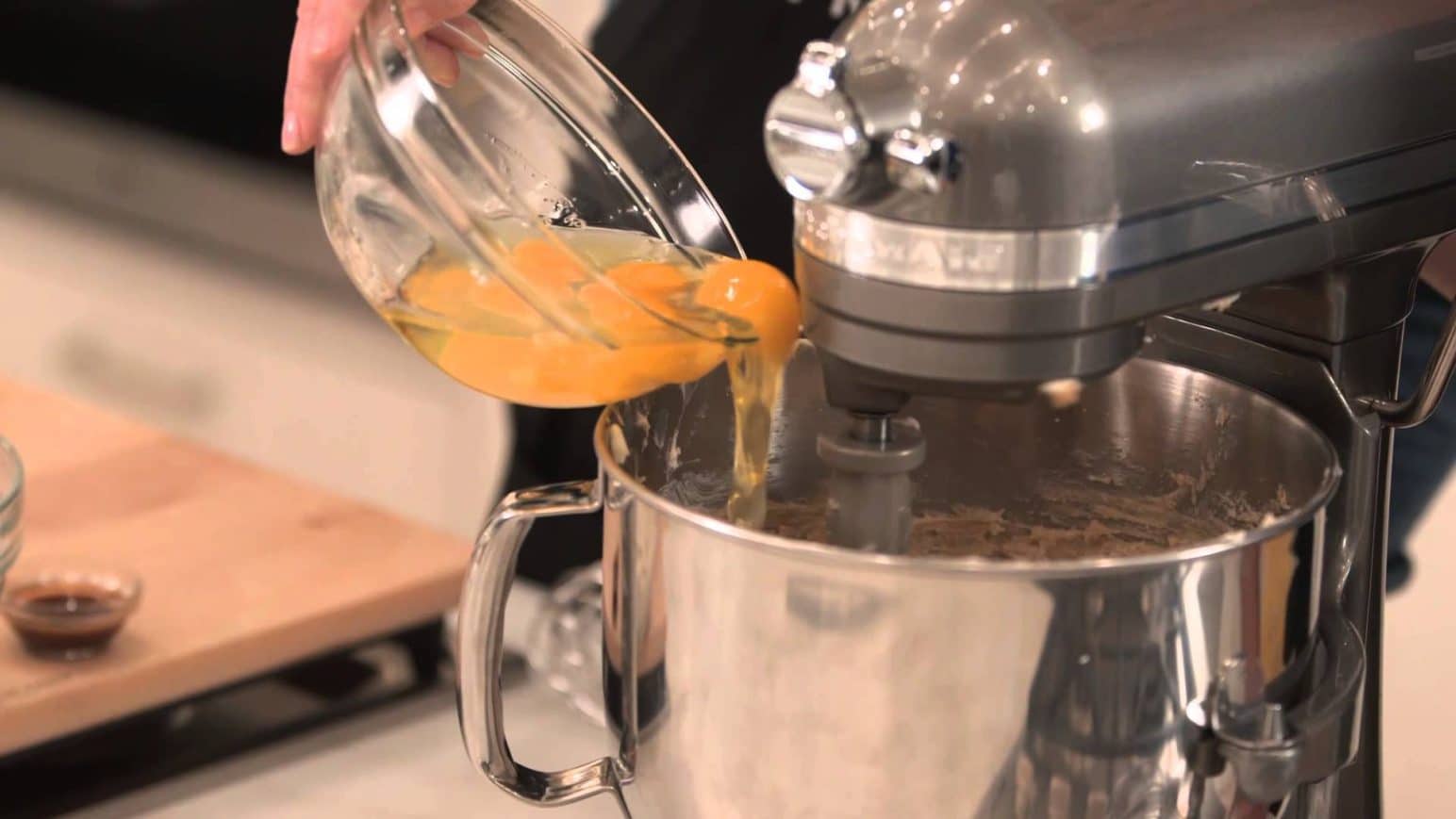
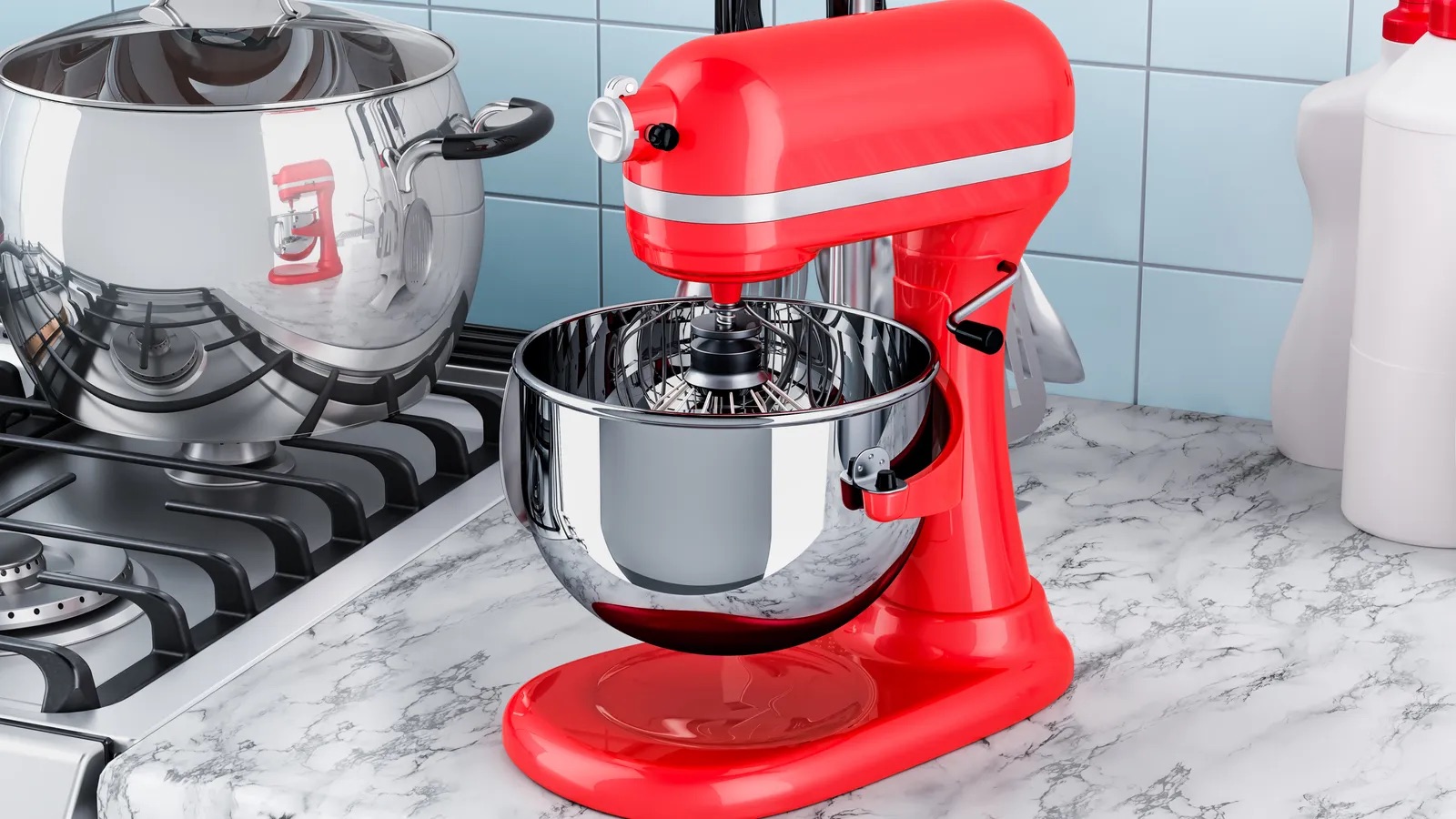
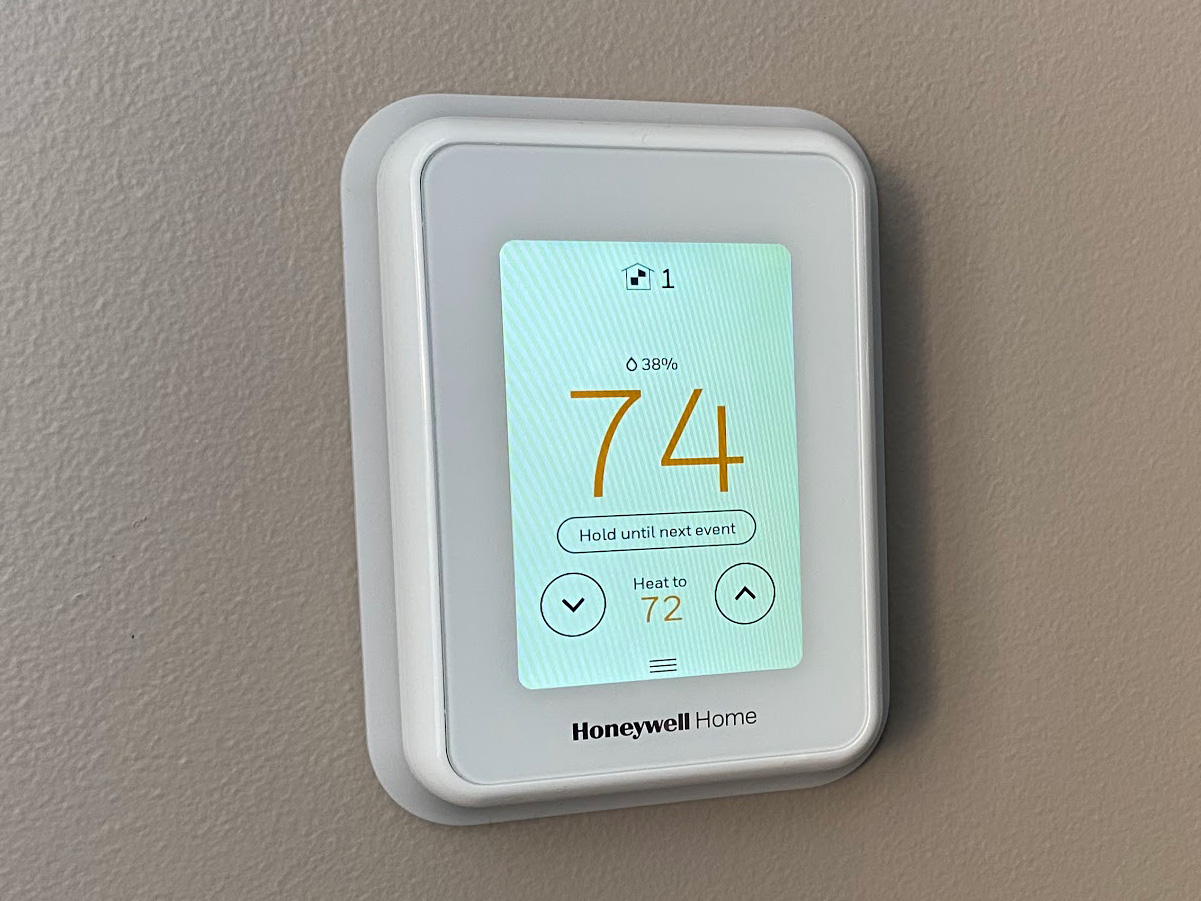


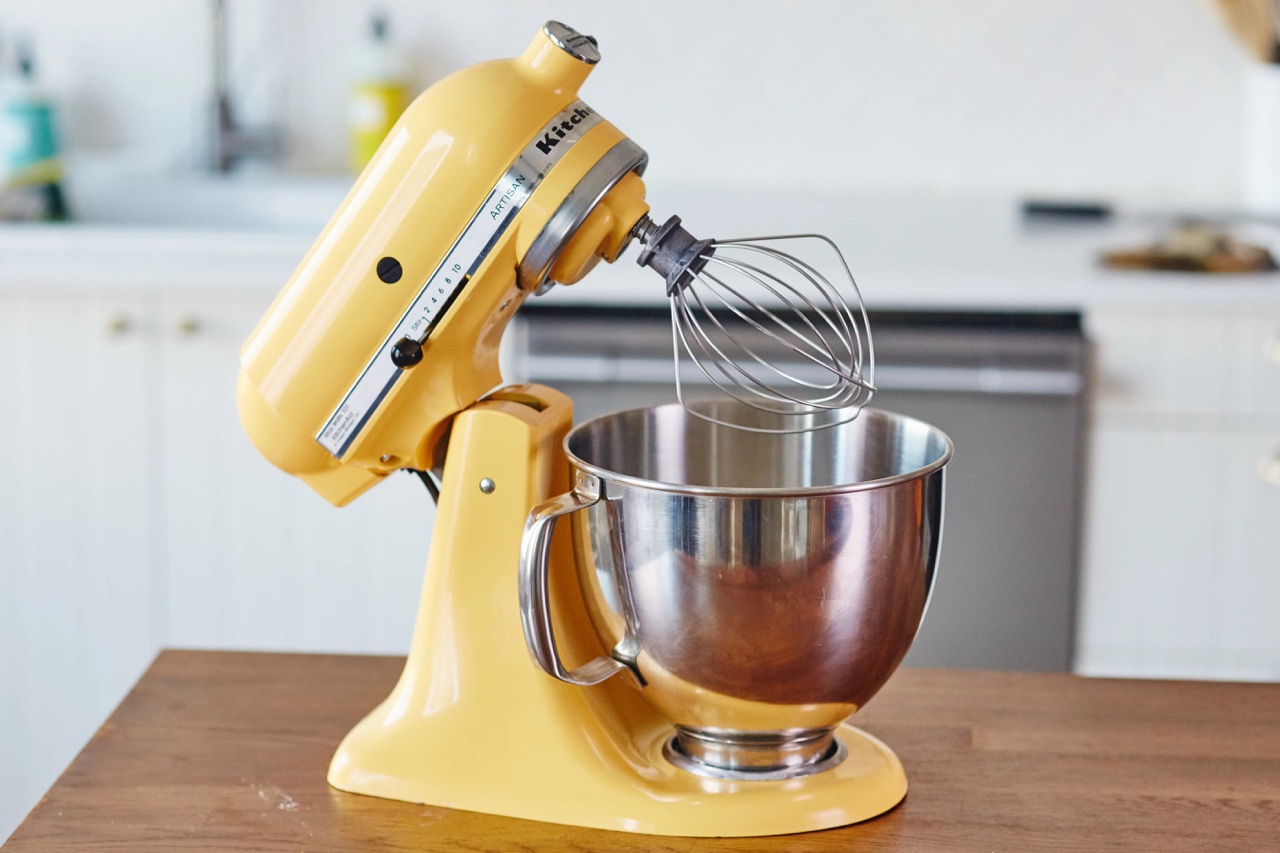
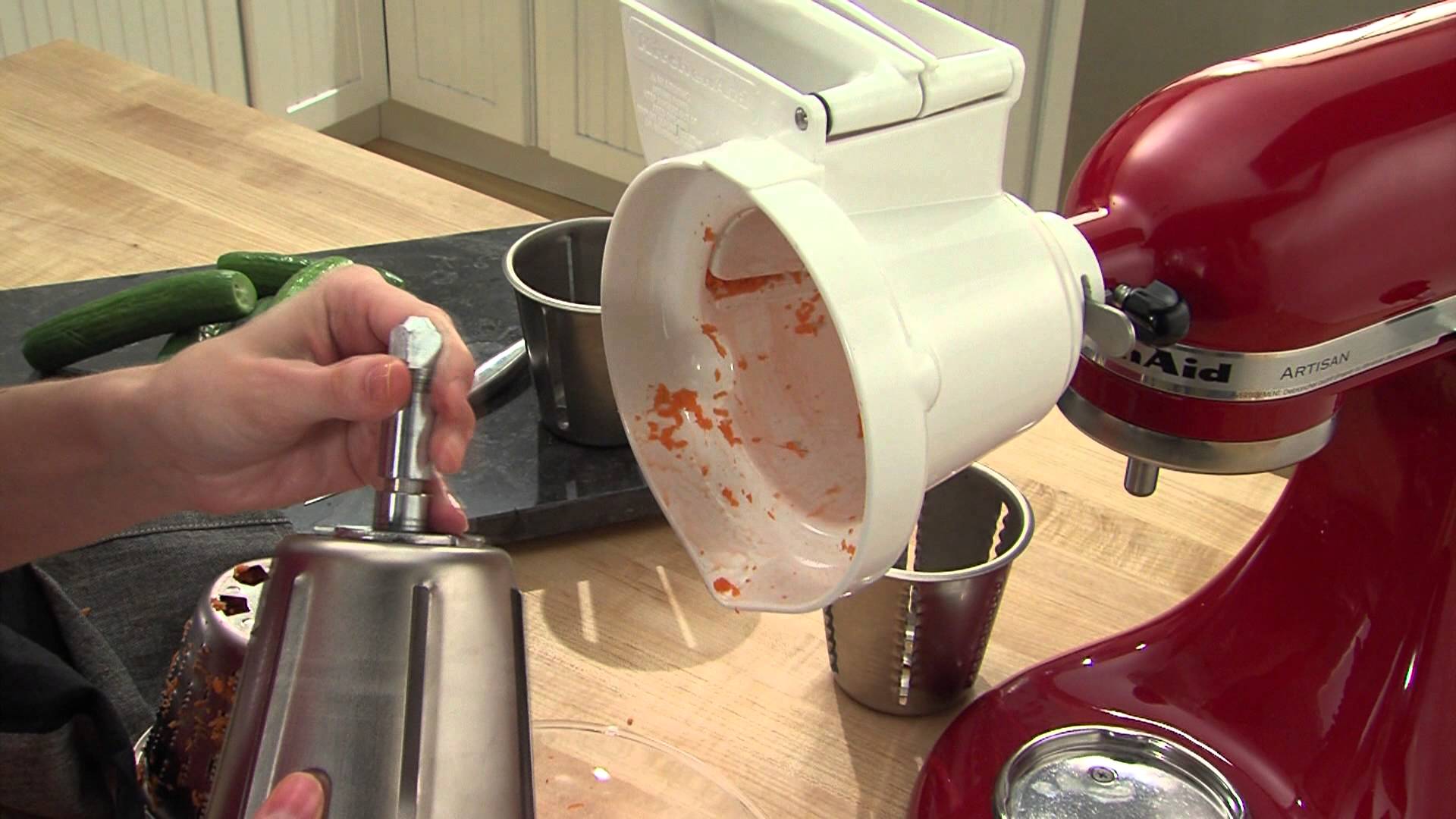
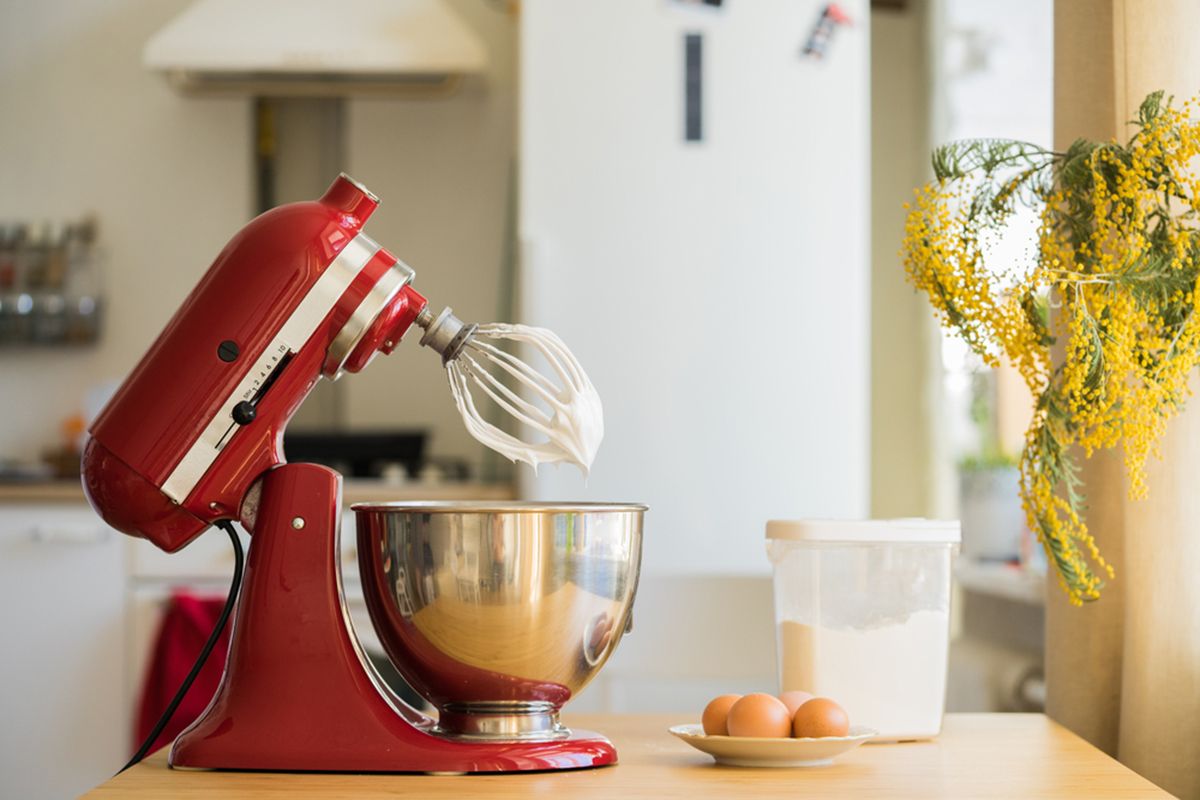
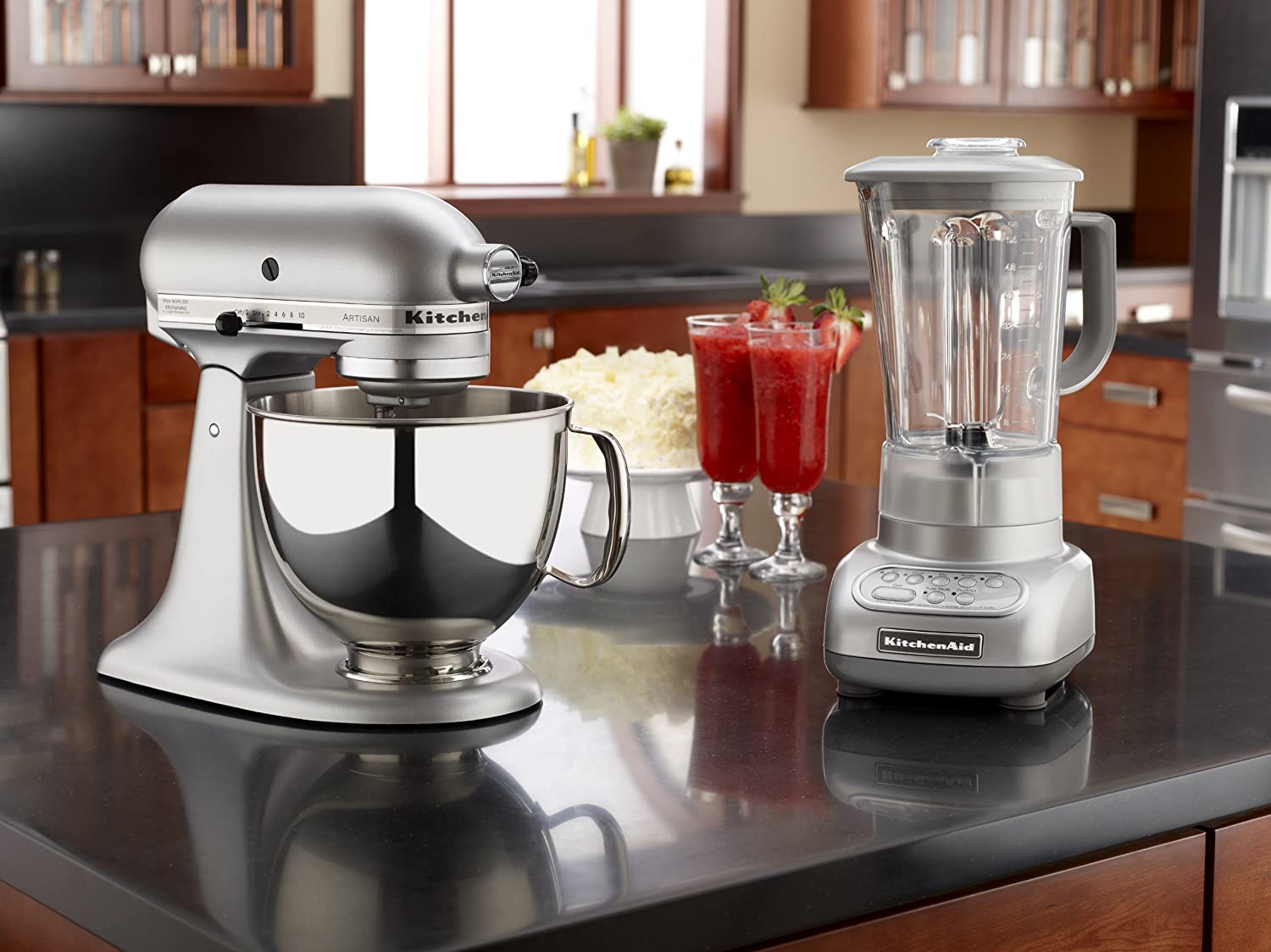

0 thoughts on “How To Know Which Kitchenaid Mixer I Have”